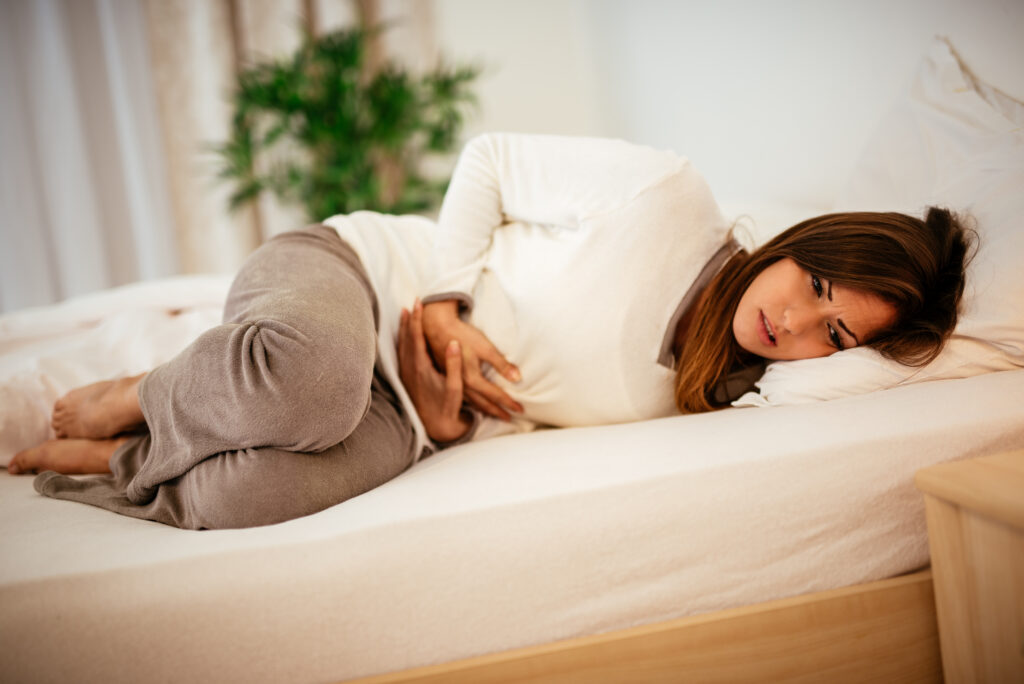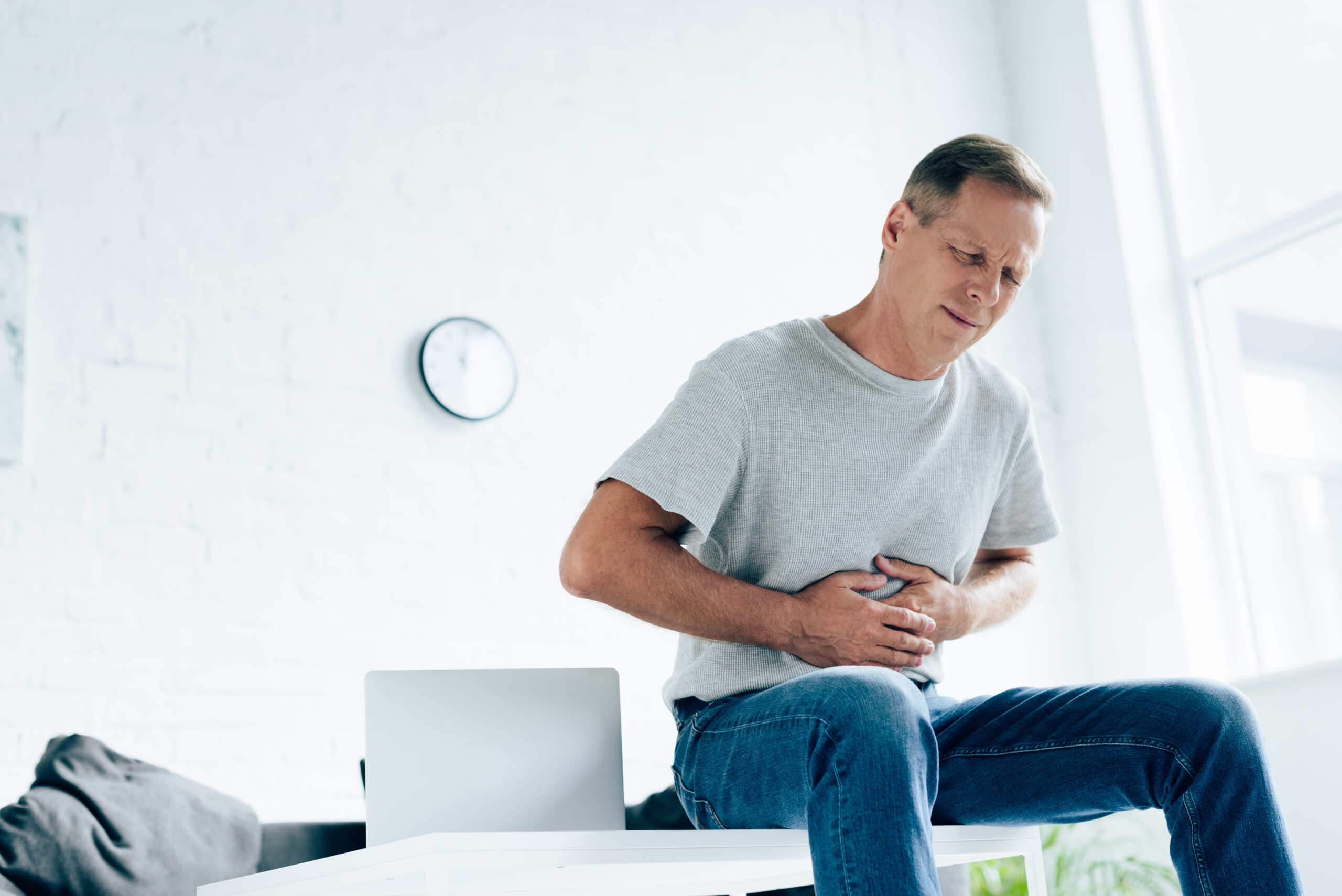Rectal cancer is a life-altering diagnosis, and undergoing treatment is a physically and emotionally challenging journey. For those who have undergone radiation therapy for rectal cancer, the aftermath can include persistent bowel difficulties, even after achieving remission. This article explores the underlying causes of constipation after rectal cancer treatment, the impact on quality of life, and potential treatments to address these challenges.
The Reality of Post-Treatment Bowel Issues
Surviving rectal cancer is undoubtedly a triumph, but many patients find that the journey doesn’t end with being cancer-free. Persistent constipation and difficulty with bowel movements can significantly impact daily life. These symptoms often arise as a side effect of the intensive treatments used to target cancer cells, such as radiation therapy. While the primary focus during treatment is eliminating cancer, the collateral effects on surrounding tissues and organs can leave lasting complications.
Many survivors report feeling dismissed when they bring up these issues with healthcare providers. Some feel as though they’re expected to simply be grateful for their survival and not focus on the ongoing challenges. However, bowel dysfunction is more than an inconvenience—it is a major quality-of-life issue that deserves attention and care.
How Radiation Therapy Affects the Pelvic Area
Radiation therapy, while effective at targeting cancer cells, also affects the healthy tissues surrounding the rectum and pelvic area. The pelvic floor, a group of muscles and tissues supporting the organs in the lower abdomen, plays a crucial role in bowel movements. When radiation damages these tissues, several changes can occur:
- Scarring and Tightness: Radiation can cause the tissues in the pelvic floor and around the anus to scar and tighten. This reduces the flexibility of the anal sphincter, making bowel movements painful and difficult.
- Muscle Dysfunction: The muscles in the pelvic floor may become overactive or imbalanced, leading to a lack of coordination during bowel movements.
- Guarding and Compensation: Pain and discomfort often lead to unconscious muscle gripping or guarding, not only in the pelvic floor but also in the surrounding gluteal and hip muscles.
These physical changes can create a vicious cycle, where fear of pain exacerbates muscle tension, further complicating the ability to pass stool.
Common Symptoms and Their Impact
The severity of symptoms can vary widely among individuals. Some may experience mild constipation that can be managed with diet changes and laxatives, while others face severe discomfort and altered bathroom habits. Here are some of the most commonly reported issues:
- Difficulty Passing Stool: Tightness in the anal sphincter can make it feel like passing stool is nearly impossible.
- Pain During Bowel Movements: For some, bowel movements are excruciatingly painful, leading to avoidance behaviors.
- Altered Habits: In extreme cases, individuals may need to stand or use unconventional positions to facilitate bowel movements.
- Lifestyle Limitations: Constant worry about bowel issues can limit social activities, travel, and even simple outings, significantly impacting quality of life.
Understanding the Broader Impact
The effects of pelvic floor dysfunction don’t stop at bowel issues. When pelvic floor muscles become tight and overactive, they can lead to discomfort in other areas, such as:
- Hip Pain and Stiffness: Muscle guarding in the pelvic area often extends to the hips, making them feel sore and tight.
- Lower Back Pain: Prolonged tightness in the pelvic floor and hip muscles can strain the lower back over time, potentially leading to chronic back pain.
These secondary effects highlight the importance of addressing pelvic floor dysfunction as part of the recovery process.

Treatment Options for Post-Treatment Constipation
The good news is that effective treatments are available to address these issues and improve quality of life. The goal is to restore flexibility and mobility to the pelvic floor muscles, reduce scarring, and alleviate pain. Here are some approaches that can help:
1. Pelvic Floor Physical Therapy
Physical therapy is a cornerstone of treatment for pelvic floor dysfunction. A trained therapist can:
- Work on releasing tight and scarred tissues in the pelvic area.
- Improve the mobility and flexibility of the anal sphincter and surrounding muscles.
- Teach relaxation techniques to reduce muscle guarding and tension.
2. Dietary Adjustments
Diet plays a crucial role in managing constipation. Strategies include:
- Increasing fiber intake through fruits, vegetables, and whole grains.
- Staying hydrated to soften stool.
- Avoiding foods that may contribute to constipation, such as processed foods and dairy.
3. Laxatives and Stool Softeners
Over-the-counter options can provide temporary relief, but they should be used under the guidance of a healthcare provider to avoid dependency.
4. Pain Management
Pain relief can be achieved through various methods, including medications, heat therapy, or relaxation exercises. Addressing pain is essential to break the cycle of muscle guarding and tension.
5. Behavioral Techniques
Learning proper bowel habits, such as not straining and taking time to relax during bowel movements, can be beneficial. In some cases, biofeedback therapy may help retrain the pelvic floor muscles for better coordination.
Advocating for Comprehensive Care
If you or someone you know is experiencing these symptoms, it’s important to advocate for proper care. A multidisciplinary approach involving oncologists, gastroenterologists, and pelvic floor specialists can provide a comprehensive plan for managing post-treatment bowel issues.
It’s equally vital to address the emotional and psychological impact of these challenges. Support groups, counseling, or connecting with others who have gone through similar experiences can provide comfort and encouragement.
Moving Toward a Better Quality of Life
Living cancer-free is a significant achievement, but the journey to recovery often includes addressing the lingering effects of treatment. Constipation and pelvic floor dysfunction after rectal cancer treatment are common but manageable with the right care and resources. By seeking appropriate treatments and advocating for your needs, it’s possible to regain comfort, confidence, and quality of life.
Also Read: Is Eye Pain Linked to Muscle Issues?
About:
I’m Hina Sheth. I have been treating complex orthopedics, sports and pelvic floor physical problems for over 25 years with amazing results. Now I want to bring my knowledge to the global community so I can spread my knowledge to you.
Our bodies are complex systems of 600 muscles and organs intertwined in a fascial system that all work together. Imbalances in this system such as trigger points, visceral and myofascial restrictions can lead to joint, pelvic, and organ issues.
Factors like nutrition, exercise, sleep, and stress play a crucial role. Unfortunately, our current healthcare model does not look at our bodies as a whole and oftentimes compartmentalize musculoskeletal injuries and dysfunctions.
At Rebalance, our goal is to holistically treat this complex system to restore harmony in the body. By addressing these imbalances, we help clients improve their overall health and well-being. Our vision is to empower individuals to create a healthier lifestyle for themselves.






